2-chloroethanol News
2-chloroethanol
-
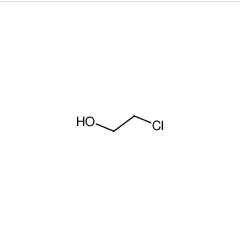
- Cas No.:107-07-3
- Appearance:Colorless liquid
- Molecular Formula:C2H5ClO
- ProductionCapacity:
- Inquiry
Detailed information
The densities of glycine, L-alanine and L-serine in aqueous chloroethanol solutions of different mass fractions were determined using a precision mathematical densitometer, and the expressed molar volume, limiting paramolar volume of amino acids in aqueous chloroethanol solutions were calculated. The migrating partial molar volume, theoretical hydration number and volumetric action coefficient demonstrated that the migrating partial molar volumes of the three amino acids in aqueous chloroethanol solutions were positive and increased with the increase of chloroethanol concentration. The contribution of amino acid measurement chains to the migrating bi-molar volume was closely related to the nature of side chains. The theoretical hydration numbers of all three amino acids in aqueous chloroethanol solutions decreased with increasing chloroethanol concentration in solution. The intermolecular interactions between glycine and chloroethanol were mainly in the 1:1 and 1:2 forms, and the intermolecular interactions between L-alanine and L-serine and chloroethanol were mainly in the 1:1 form.
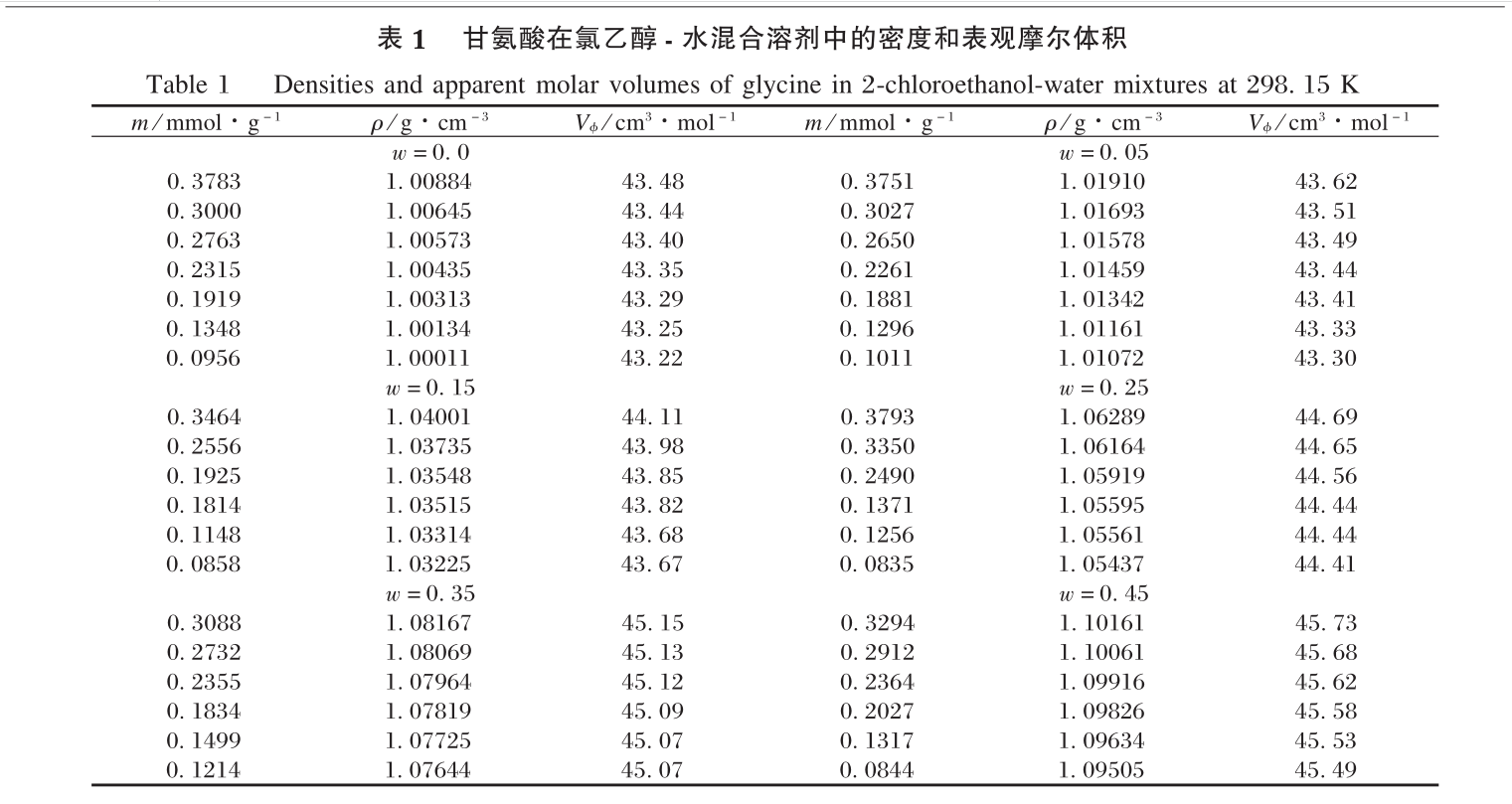
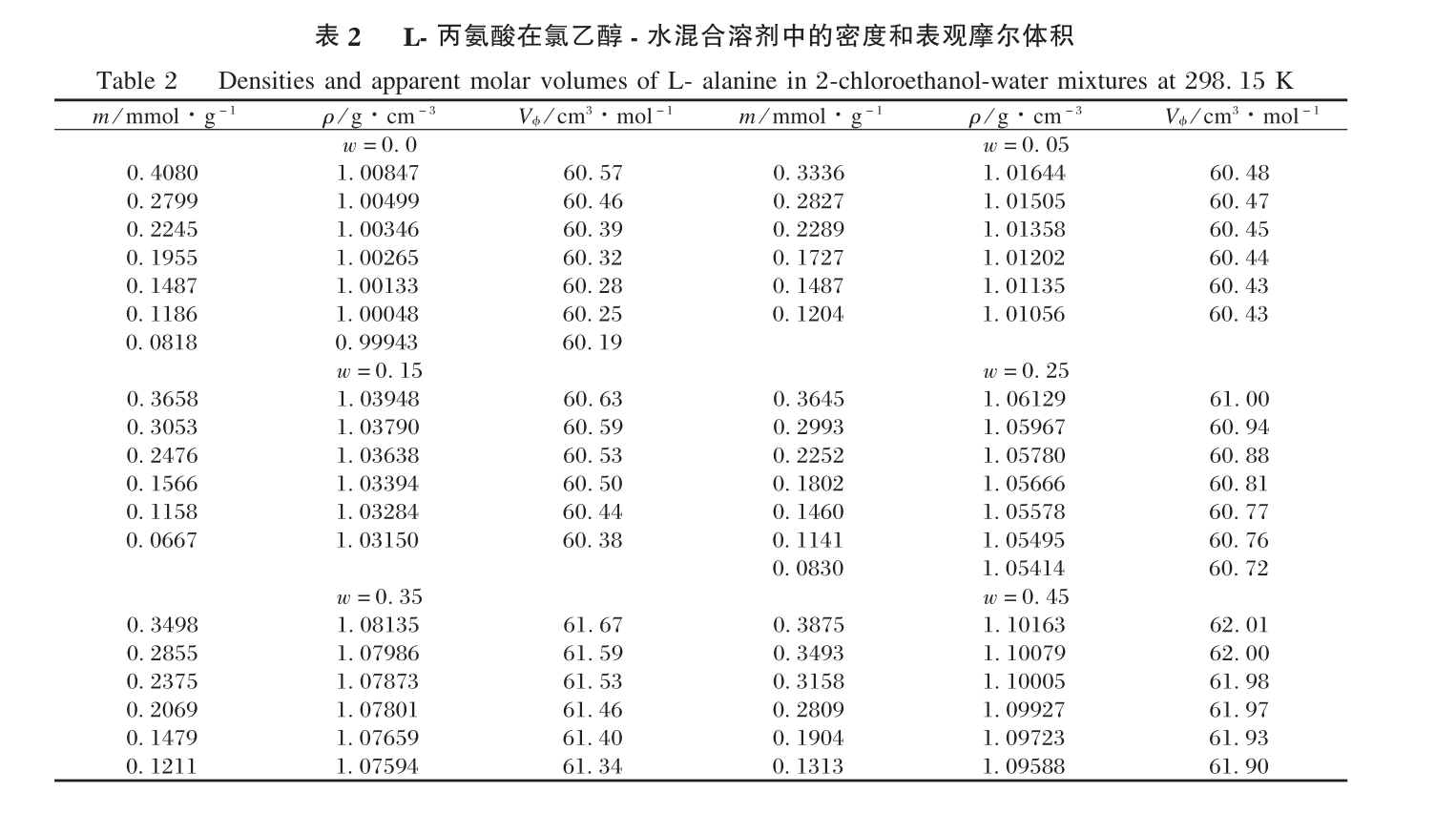
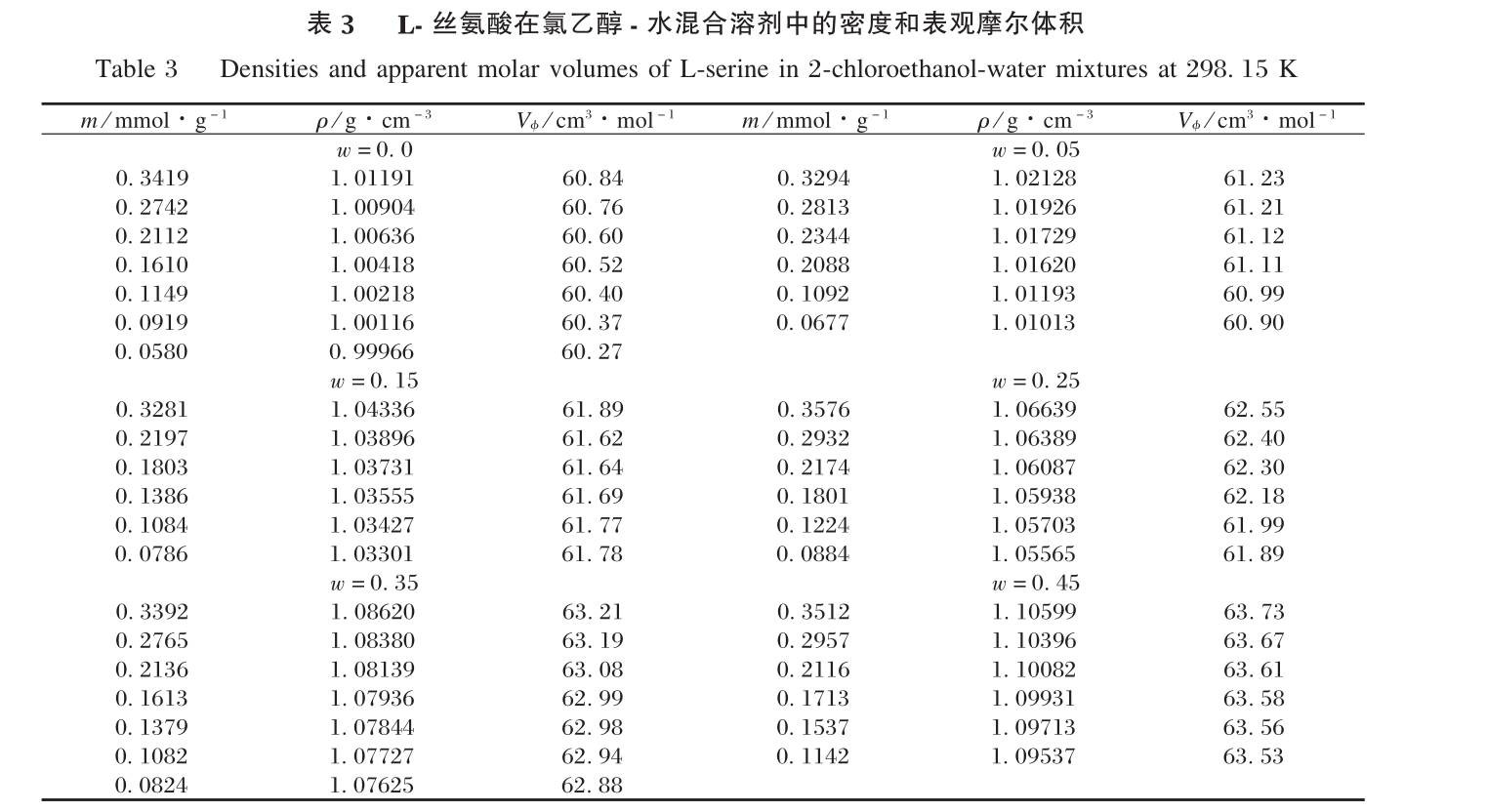
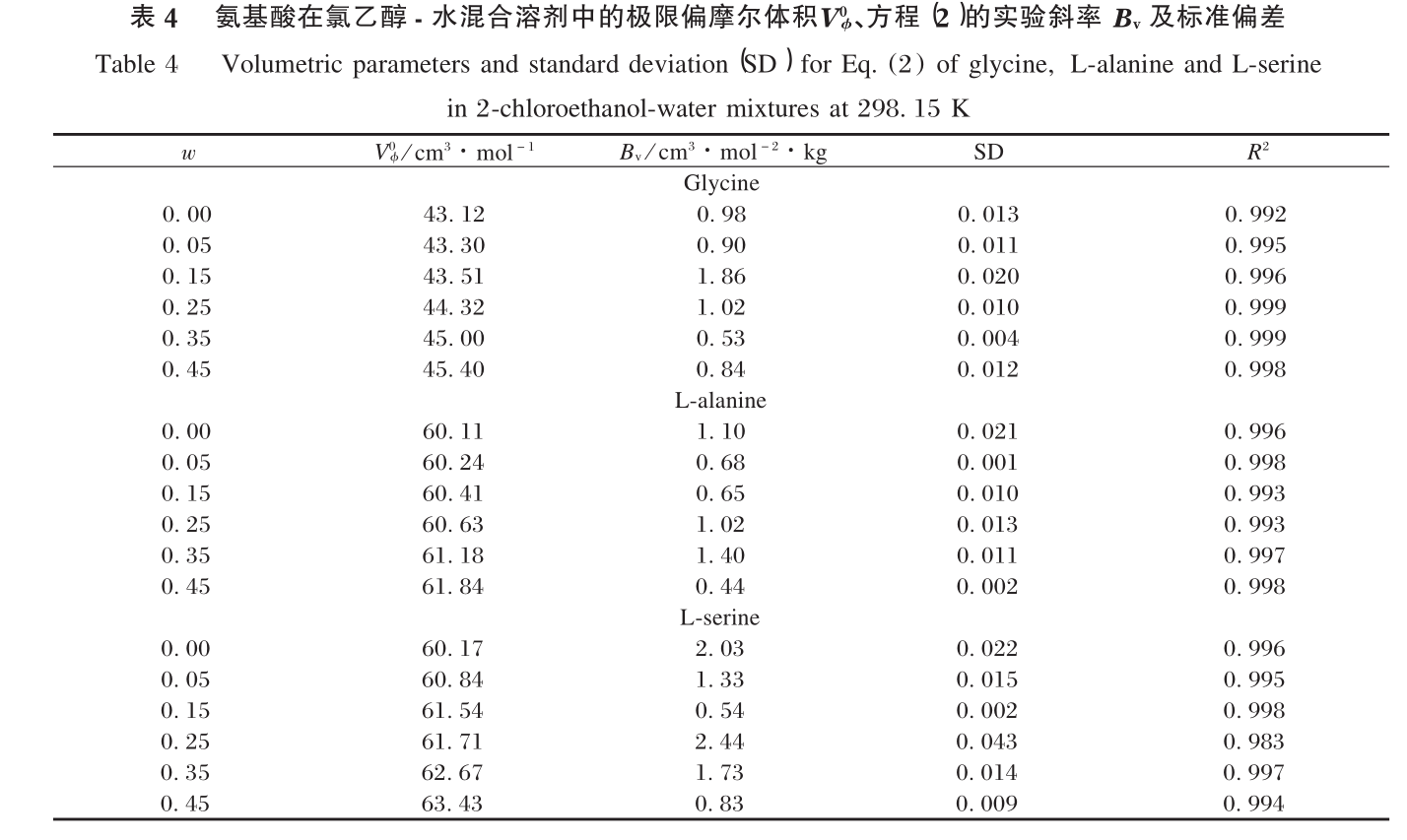
Extension
LAB SPECIFIC OPERATING PROCEDURE (LSOP) for 2-Chloroethanol
1.OSHA’s (GHS)-SDS INFORMATION
Synonyms : (Ethylene chlorohydrin) 2-Chloroethanol is a chemical compound with the formula HOCH2CH2Cl and the simplest chlorohydrin. This colorless liquid has a pleasant ether-like odor. It is miscible with water. The molecule is bi-functional, consisting of both an alkyl chloride and an alcohol functional groups.
2.GHS HAZARD (H) CODES and PRECAUTIONARY STATEMENT (P) CODES
(H)/Hazard Statement (s)
H226 Flammable liquid and vapor
H290 May be corrosive to metals
H300 + H310 + H330 Fatal if swallowed, in contact with skin or if inhaled
GHS Classification in accordance with 29 CFR 1910 (OSHA HCS) Flammable liquids (Category 3), H226 Corrosive to metals (Category 1), H290 Acute toxicity, Oral (Category 2), H300 Acute toxicity, Inhalation (Category 1), H330 Acute toxicity, Dermal (Category 1), H310 Serious eye damage (Category 1), H318 Acute aquatic toxicity (Category 2), H401 Chronic aquatic toxicity Category 2), H411
(P)/Precautionary Statement (s)
P210 Keep away from heat/sparks/open flames/hot surfaces. No smoking
P260 Do not breathe dust/ fume/ gas/ mist/ vapors/ spray
3.H Nuclear Magnetic Resonance (NMR) Spectrum
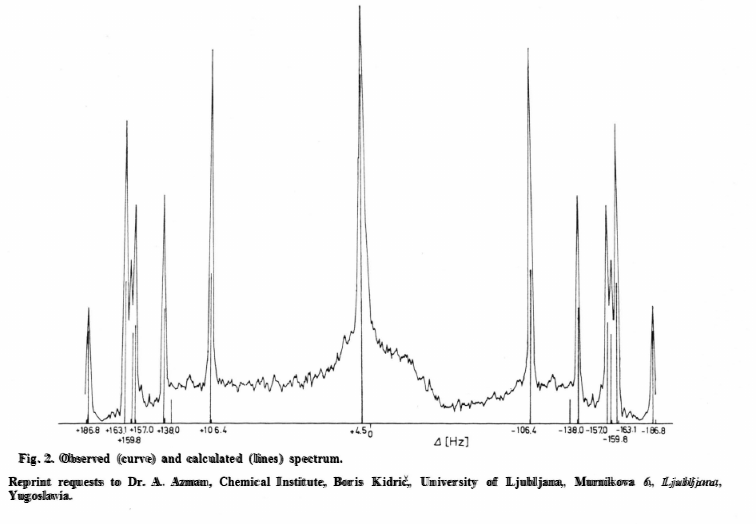
![]()


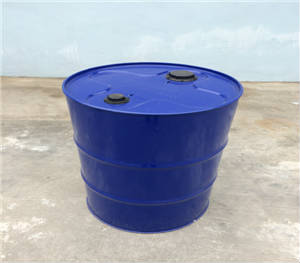
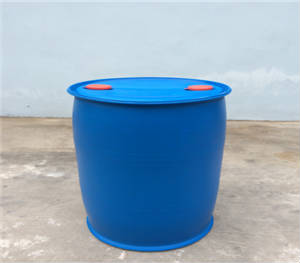
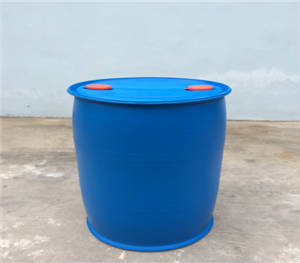
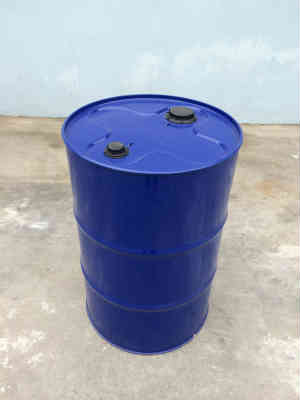
 < /a>
< /a>